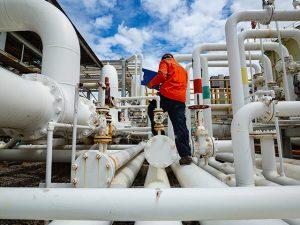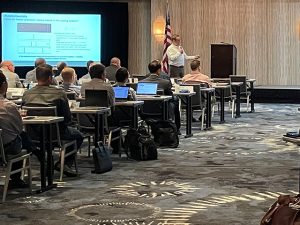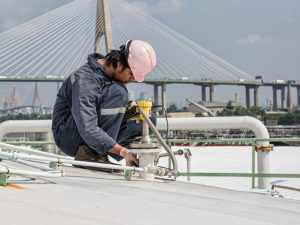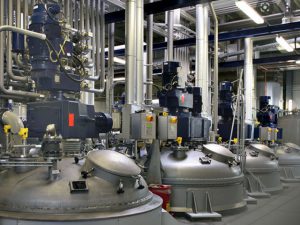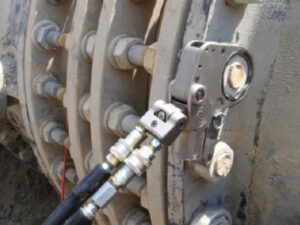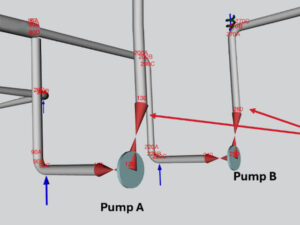
Manage the Damage
In this World Fertilizer article, Paul Kowalski explains that damage mechanism reviews (DMRs) are one of the first steps in developing many key process safety management (PSM), mechanical integrity (MI), and equipment reliability programmes in fertilizer processing units. Completing a DMR can help ensure long-term reliability of fixed equipment and piping, allow for quicker run, repair, and replace decisions to be made, and is a critical component for proper material selection.



